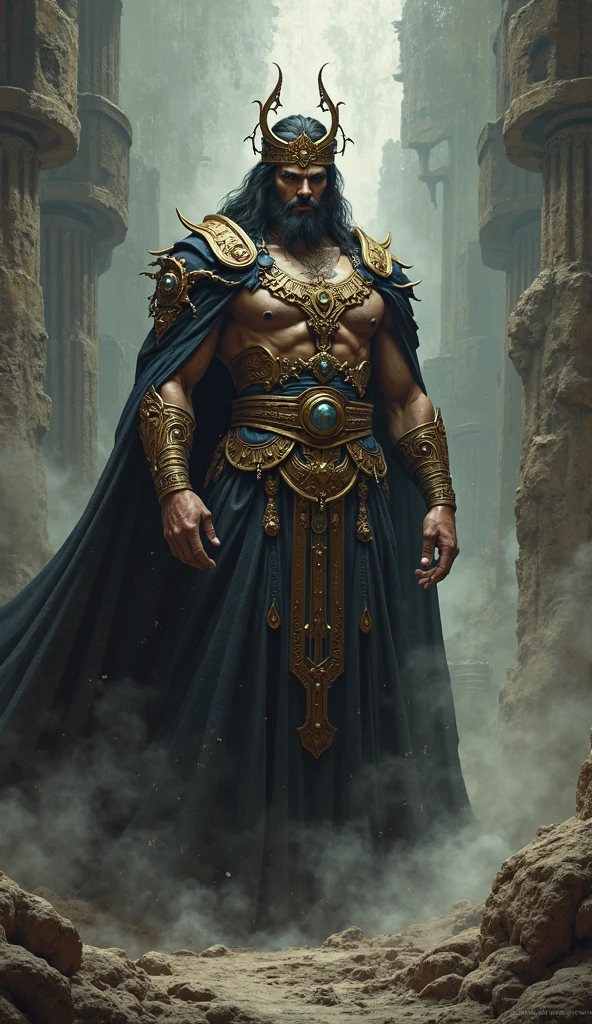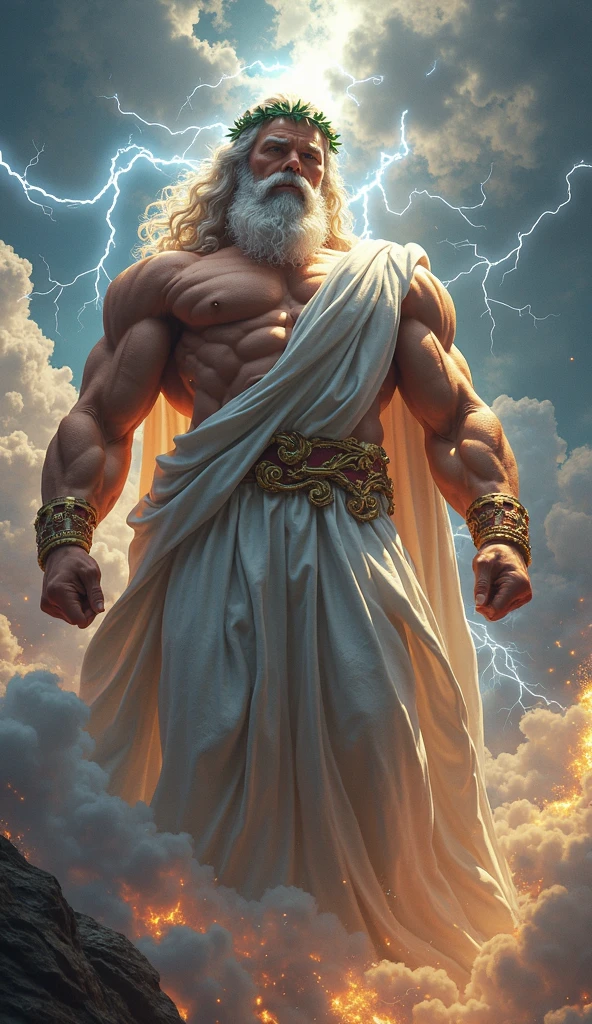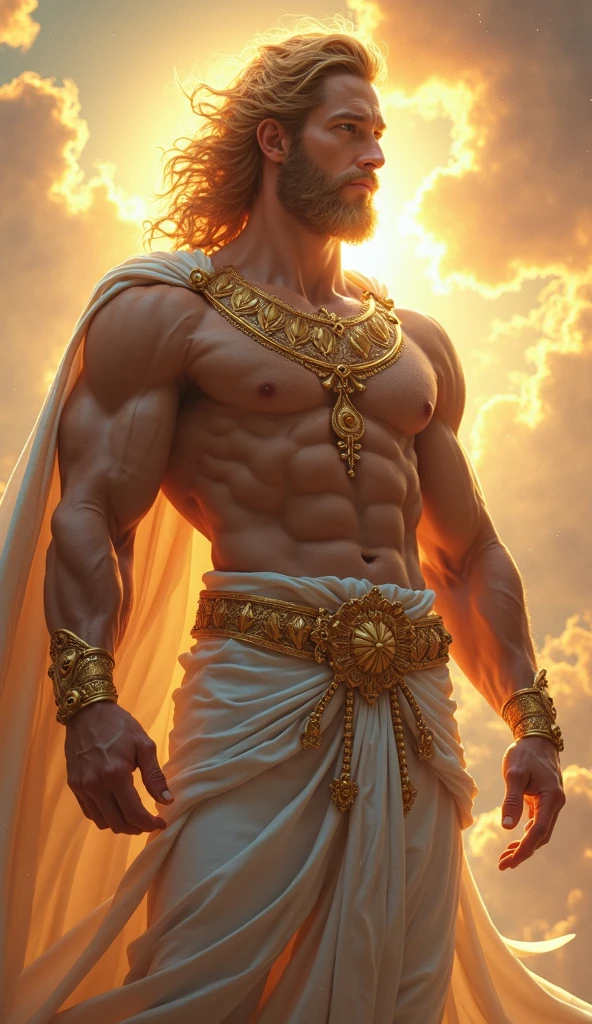Anu: The Supreme Sky God and King of the Mesopotamian Pantheon
The Historical Context of Anu
In the ancient cradle of civilization, where the Tigris and Euphrates rivers nurtured early human culture, the Mesopotamian gods ruled over every aspect of life. Among them, Anu stood as the paramount deity—god of the sky, progenitor of the divine hierarchy, and the ultimate authority in the cosmos. Worshiped for millennia across Sumer, Akkad, Assyria, and Babylon, Anu’s influence permeated religion, politics, and art, shaping the spiritual landscape of the ancient Near East.
This article delves into the enigmatic figure of Anu, separating historical fact from mythological interpretation. As a mythology professor specializing in Near Eastern traditions, I’ll guide you through his origins, cosmic role, and enduring legacy—revealing why this often-overlooked deity was once the most powerful being in human imagination.
Origin and History: From Sumer to Babylon
Earliest Mentions in Sumerian Texts
Anu’s first recorded appearances date to the Early Dynastic Period (2900–2350 BCE) in Sumer. The Kesh Temple Hymn, one of the oldest surviving religious texts, identifies him as “An the Great” (An being the Sumerian name, later Akkadianized as Anu). Cuneiform tablets from Uruk—his primary cult center—describe him as the “father of the gods,” suggesting his primacy even in these early stages.
The Akkadian Transformation
When the Akkadians rose to power (2334–2154 BCE), they syncretized Anu with their own sky deities. The Enuma Elish (Babylonian creation epic) solidified his position at the top of the Mesopotamian pantheon, though interestingly, his active role diminished as younger gods like Enlil and Marduk gained prominence.
Late Period Decline
By the Neo-Assyrian era (911–609 BCE), Anu became more of a symbolic figure—a distant cosmic authority rather than an actively worshiped god. Yet kings still invoked his name in royal inscriptions to legitimize their rule, proving his enduring ideological importance.
Relationships and Family: The Divine Dynasty
Consorts and Children
Anu’s primary consort was Ki (earth goddess), though later texts pair him with Antu. Their union produced:
- Enlil – God of wind and storms (later usurped kingship)
- Enki – God of wisdom and freshwater
- Inanna/Ishtar – Goddess of love and war (in some traditions)
The Divine Council
Anu presided over the Anunnaki—the assembly of major deities. Tablets describe how gods would journey to his celestial palace, the Duku, to seek his decrees on cosmic matters.
Role in Cosmology: Architect of Heaven
The Three-Tiered Universe
Mesopotamians envisioned the cosmos as:
- Anu’s Domain – The highest heaven (fixed stars and divine abodes)
- Enlil’s Realm – Middle heaven (atmosphere and weather)
- Ea/Enki’s Territory – Earth and subterranean waters
Creator or Observer?
Unlike later creator gods, Anu didn’t shape the world directly. The Enuma Elish suggests he delegated creation to his offspring, remaining aloof as a cosmic overseer—a trait that may explain his fading cultic relevance.
Historical Influence: From Temples to Modern Culture
Political Legitimacy
Kings like Hammurabi (1792–1750 BCE) claimed authority “by the will of Anu,” using his name to justify laws and conquests. The famous Code of Hammurabi stele depicts the king receiving sovereignty from Anu’s designated enforcer, Shamash.
Literary Legacy
Anu appears in:
- The Epic of Gilgamesh (as Ishtar’s father)
- The Atrahasis flood myth (ordering humanity’s destruction)
- Numerous omen texts interpreting celestial signs as his messages
Relationships with Other Mythological Beings
Conflict with Enlil
Later myths describe a power struggle where Enlil (Anu’s son) takes active kingship, reducing Anu to a figurehead—possibly reflecting shifting political realities between Sumerian and Akkadian city-states.
Parallels with Other Sky Gods
Comparative mythology reveals striking similarities:
| Deity | Culture | Parallel Traits |
|---|---|---|
| Zeus | Greek | Sky father, thunderbolts |
| Jupiter | Roman | King of gods, celestial authority |
| Dyaus Pita | Vedic | Primordial sky father |
Artistic Representations: Symbols Through Time
Early Depictions
Third-millennium BCE cylinder seals show Anu as a horned crown (symbol of divinity) resting on a throne, emphasizing his regal status without anthropomorphic forms.
Later Iconography
By the Babylonian period, artists portrayed him as an elderly bearded man holding a staff, often seated atop a celestial mountain—a motif borrowed for Yahweh in early Judeo-Christian art.
Powers, Abilities, and Feats
Cosmic Authority
As king of gods, Anu could:
- Decree fates (recorded in the Tablet of Destinies)
- Summon divine assemblies
- Delegate powers to subordinate deities
Mythological Exploits
Though rarely acting directly, key moments include:
- Authorizing the flood in Atrahasis
- Judging conflicts between gods (e.g., Ishtar vs. Gilgamesh)
- Creating the Sebitti (seven warrior demons)
Curiosities and Little-Known Facts
The Forgotten Temple
Anu’s main temple, the E-anna in Uruk, was later rededicated to Inanna—a symbolic transfer of power mirroring his mythological decline.
Celestial Connections
The Anu constellation (modern Pegasus) was believed to be his celestial throne, with stars marking the “Way of Anu” in Babylonian astronomy.
Modern Resurgence
Neopagan movements like Mesopotamian Reconstructionism have revived Anu worship, interpreting him as a distant but benevolent cosmic force.
Archaeological Puzzle
Unlike other major gods, no definitive cult statue of Anu has been found—possibly reflecting a taboo against physically representing the supreme being.
Etymological Legacy
The word “an” (sky) survives in modern Hebrew (“ayin”) and Arabic (“sama”), while “Anu” itself may be linguistically linked to the Celtic “Danu” and Hindu “Danu.”



